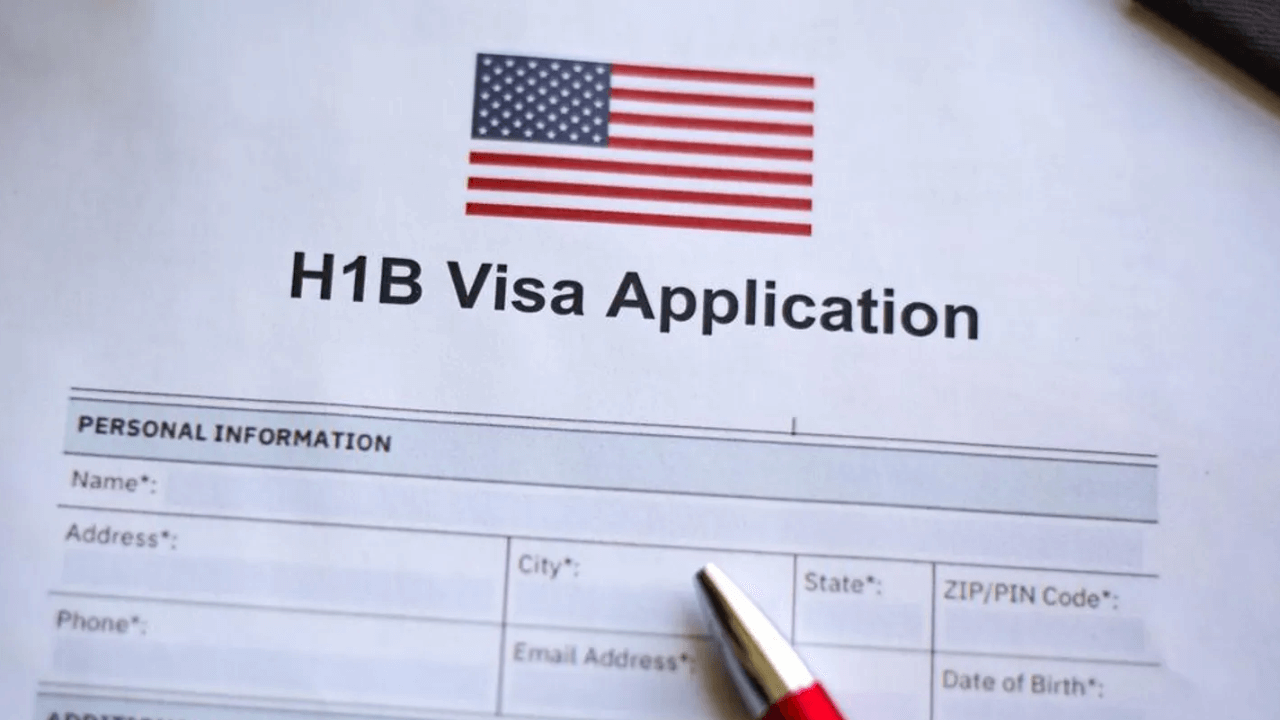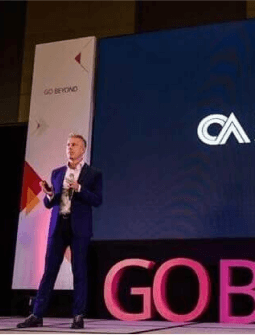H-1B visa overhaul favors high-wage tech talent over outsourcing firms

WASHINGTON D.C., UNITED STATES — The Trump administration has proposed sweeping changes to the H-1B visa program, replacing its lottery system with a weighted selection process that prioritizes high-wage workers.
A plan on this transition was sent to the Office of Information and Regulatory Affairs by the Department of Homeland Security (DHS).
It may have a massive effect on Indian IT companies, and it positively affects tech giants in the United States, such as Amazon, Meta, and Microsoft, as the White House aims to transform the American key skill-based immigration pyramid.
From random lottery to salary-based selection
The U.S. issues 85,000 new H-1B visas each year, with 20,000 specifically allocated to those who hold a Master’s certificate or higher degree from an American college or university.
However, due to soaring demand that far exceeds supply, U.S. Citizenship and Immigration Services (USCIS) employs a randomized lottery system to distribute visas.
It is an equal opportunity approach that has been criticized because it does not recognize special skills, education levels, or rates of pay. The implication of this approach is whether it is attracting the best talent in the world.
A study by Jeremy Neufeld and the Institute for Progress suggests that the transition would ensure an increase in the average H-1B salary, rising from $106,000 to $172,000, and more importantly, it would increase the economic value of the program by 88%.
The switch, however, would marginalize the companies that depend on cheaper foreign talent, especially those using IT workers at a lower pay rate.
The reforms would not affect universities and the nonprofit research institutions where the visa cap is waived.
Indian IT sector faces disproportionate impact
Indians, the dominant participants in the H-1B program, will be significantly affected by the new policies. In 2022, they were issued 77% of all issued visas, and in fiscal year 2023, they constituted 72.3% of the 386,000 visas issued.
Most of the Indian outsourcing companies, such as Tata Consultancy Services (TCS) and Infosys, rely on the existing system to export mid-level engineers to positions as engineers in the U.S. at competitive salaries.
The salary-based approach in selection may lead these companies to raise their pay scales at the expense of profits or hire fewer employees in the U.S.
Infosys and HCLTech have already started to move in that direction, and the latter has said that 80% of its American employees are American.
The further restrictions, however, may upset the business models based on cost arbitrage, as 75% of Indian IT revenue is linked to North America. The analysts fear that those lagging in adaptation will lose market shares to their U.S.-based counterparts.
Still, the move may reduce the total number of visas available to professionals in India, thereby changing the demographic outlook of the program as well.
Political and economic ramifications for U.S. labor market
The proposed reforms align with a broader trend by Trump to favor high-skilled immigration, but risk losing the support of both opponents of outsourcing and supporters of the free market.
Although the tech industry’s leaders claim that the changes will attract the best employees worldwide, labor activists warn that even a merit-based approach may keep wages low as long as visa holders are tied to their sponsoring companies.
According to economists, the structure of the H-1B program, which allows 1.5 million foreign workers to wait for green cards to work in the United States, creates a phenomenon known as a captive labor pool that critics believe hinders innovation.
Yet, as American high-tech companies find themselves short on talent in AI and high-tech engineering, the redesign might be a necessary step to stay competitive.
The case presents the fine line between defending American workers and stimulating the industries that are instrumental to the prosperous development of an economy.

 Independent
Independent




